NGC 2683 galaxy astrophoto from the TEC APO200FL telescope and QHY268
Tuesday, May 28, 2024
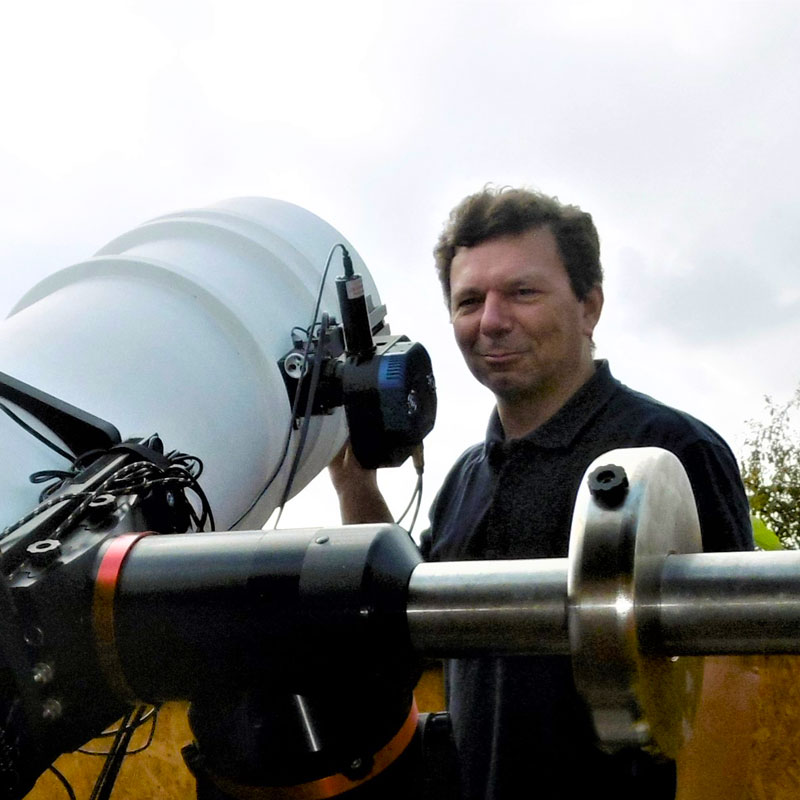
|
Bernhard Hubl |
Bernhard Hubl's astrophoto of NGC 2683, a spiral galaxy in Lynx, shows its rich globular clusters and two dwarf galaxies, NGC 2683 dw1 and dw2. Captured over nine nights from Nussbach, Austria, with a TEC APO 200 FL telescope and QHY 268M camera, the image includes distant galaxy clusters up to 5 billion light-years away.
Capturing the galaxy NGC 2683 is no easy feat and requires some hefty gear to truly do it justice. Known affectionately as the "UFO Galaxy," NGC 2683 is a dazzling spiral galaxy situated in the northern constellation of Lynx. This galactic wonder is not just another pretty face in the universe; it's a cosmic treasure trove bursting with about 300 globular clusters, which is twice the number found in our very own Milky Way. Each of these clusters is like a sparkling gem, adding to the rich, intricate tapestry of the galaxy.
In the image above, captured with the exceptional (and rare) TEC APO200FL telescope using a QHY268 camera, you can spot 14 of these stellar jewels glittering in the galactic halo. The TEC APO200FL, renowned for its crystal-clear optics, coupled with the high-resolution capabilities of the QHY268 camera, brings this stellar spectacle into vivid detail, making it a feast for the eyes of astronomers and stargazers alike.
NGC 2683 is a field spiral galaxy, which means it resides in a relatively isolated region of space, free from the gravitational influences of neighboring galaxies. This isolation allows NGC 2683 to maintain its stunning spiral structure without much distortion. The galaxy’s spiral arms are rich with interstellar dust, gas, and young blue stars, giving it a magnificent appearance that has fascinated astronomers for years.
The 14 globular clusters visible in the image are just a glimpse of the galaxy’s extensive collection. Globular clusters are tightly bound groups of stars that orbit the galactic core as a satellite. They are among the oldest objects in the universe, often housing stars that are billions of years old. The abundance of these clusters in NGC 2683 suggests a rich and complex history, offering astronomers valuable insights into the formation and evolution of galaxies.
NGC 2683’s location in the constellation Lynx adds to its allure. Lynx is not as well-known as other constellations, but it holds a treasure trove of astronomical delights for those who take the time to explore it. The UFO Galaxy stands out as one of its most prized gems, a testament to the beauty and complexity of the universe.
So next time you look up at the night sky, spare a thought for NGC 2683. It’s not just a distant galaxy; it’s a vibrant, dynamic system teeming with ancient star clusters, each one a window into the distant past. Thanks to the power of advanced telescopes like the TEC APO200FL and cameras like the QHY268, we can appreciate the intricate beauty of this galactic marvel in stunning detail.
NGC 2683 galaxy astrophoto captured by TEC APO200FL telescope has dwarf galaxies too!
Several satellite galaxies are known in the vicinity of NGC 2683. Two dwarf galaxies are visible in the above image: NGC 2683 dw1 and NGC 2683 dw2, marked in the object identification image.
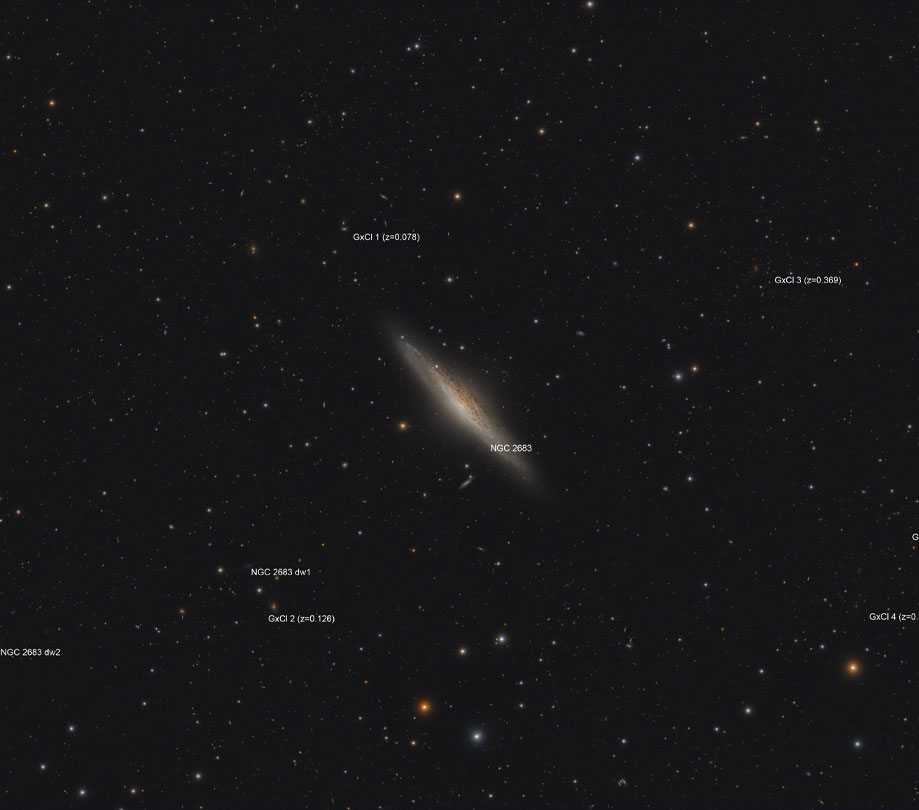
NGC 2683 identification
Furthermore, many distant galaxy clusters with light travel times of up to 5 billion years can be found in the background of this image as shown in the object identification image:
- Object type: Galaxy (Sb)
- Size: 9.3' x 2.2'
- Magnitude: 10.6mag
- Constellation: Lyn
- Distance: 30 Mio Ly
- GxCl 1 (z=0.078): MSPM 05923
- GxCl 2 (z=0.126): WHL J085321.5+331630
- GxCl 3 (z=0.369): SDSS J0851+3331
- GxCl 4 (z=0.369): WHL J085118.7+331612
- GxCl 5 (z=0.457): WHL J085107.0+331938
- GxCl 6 (z=0.334): WHL J085030.9+332219
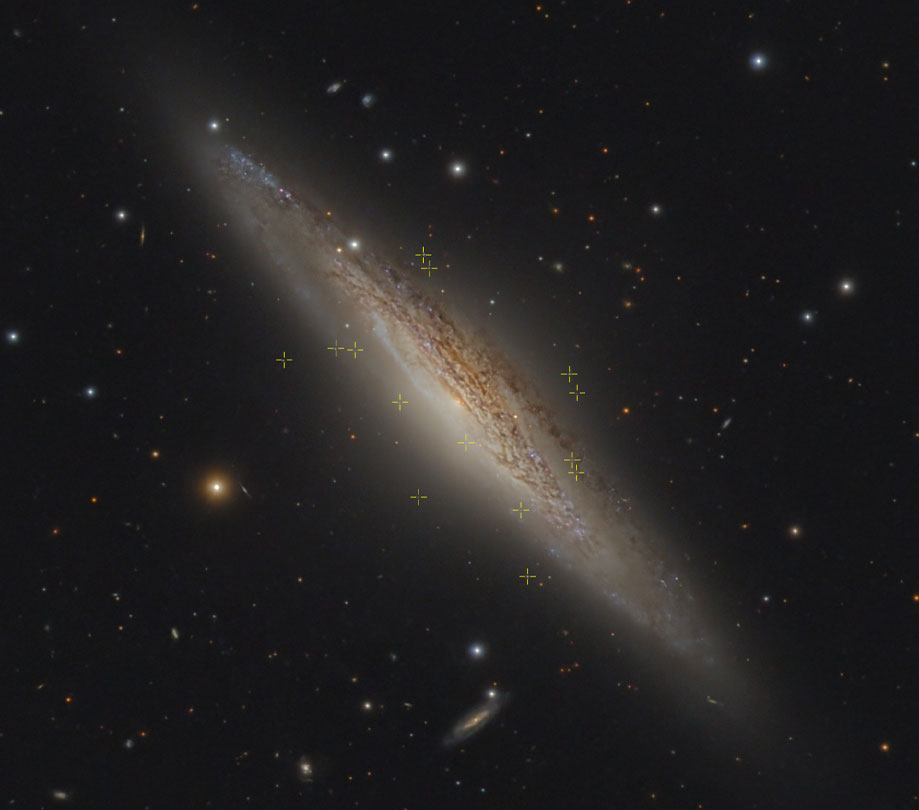
Globular clusters in NGC 2683
- Date: 2024-01-10 until 2024-05-09 (9 nights)
- Location: Nussbach / Austria (400m)
- Telescope: TEC APO 200 FL with TEC flattener-reducer 0.9x (f=1500mm)
- Type: APO
- Aperture: 200 mm
- Focal length: 1490 mm (with TEC flattener-reducer 0.9x)
- Focal ratio: 1:7.4
- Camera: QHY 268M with Baader CMOS filters
- Chip: CMOS Sony IMX571M (Mono)
- Pixel Array: 6252 x 4176 pixels, 23.5mm x 15.7mm
- Pixel Size: 3.76mm x 3.76mm
- Full Well Capacity: 51ke- unbinned
- Dark Current: <0.001 electrons per second at -10°C
- A/D Converter: 16 bit
- Readout Noise: 1.1 electrons at high gain
- Cooling: Typically 30°C below ambient air
- Guiding: Off-axis guiding with Starlight Lodestar X2
- Filter Wheel: CFW3M-US (36mm*7)
- Filters: Baader LRGB CMOS / Baader Ha (6.5nm) [OIII] (4nm) [SII] (4nm)
- Binning: L 1x1 / RGB 1x1
- Mount: ASA DDM85
- Exposure time: L 66x8min / RGB 22x8min each
- Exposure time total: 17h 36min

NGC 2683 wide field
Background galaxy zoo
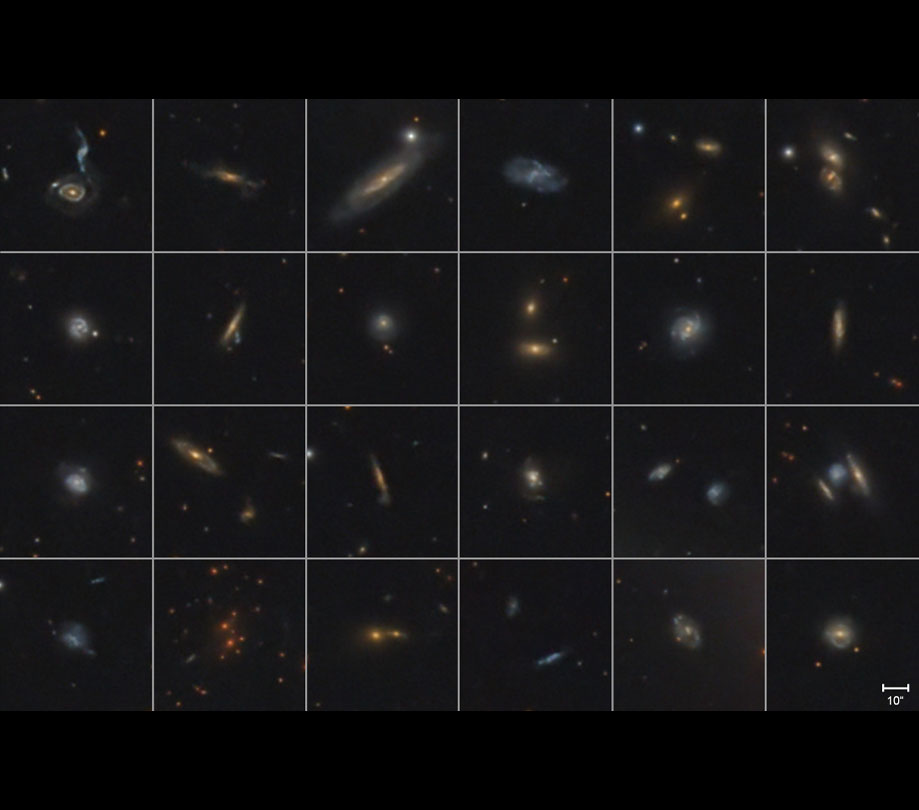
ScopeTrader's latest survey
Featured Stories
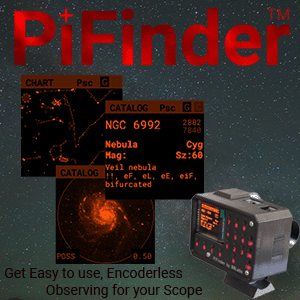
Stay Updated
Sign up for our newsletter for the headlines delivered to youSuccessFull SignUp

|



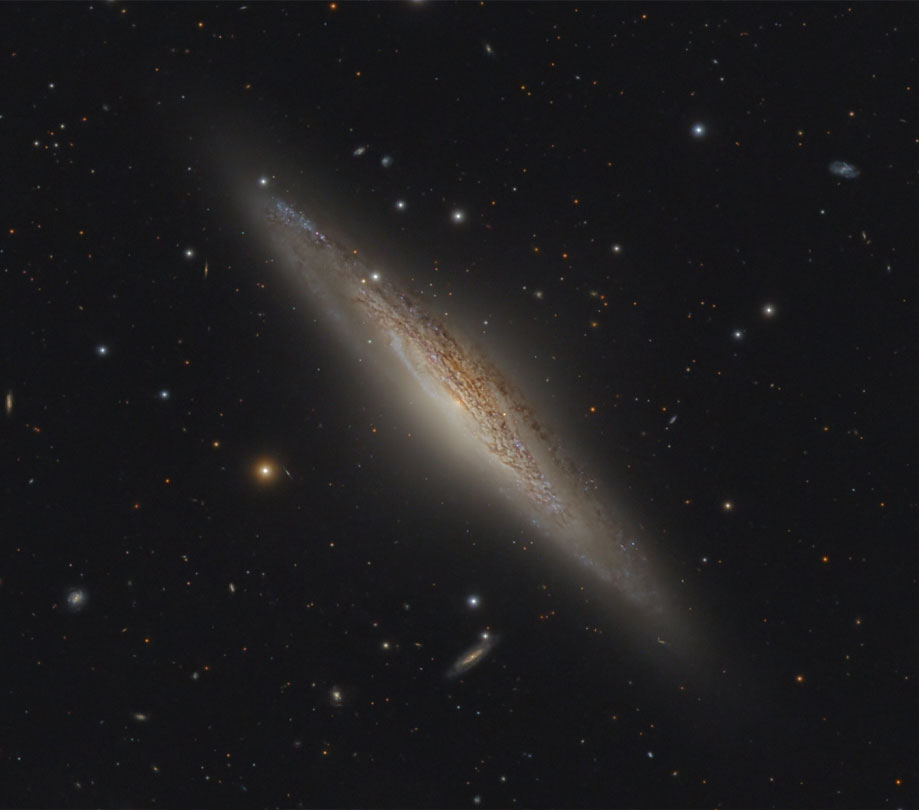


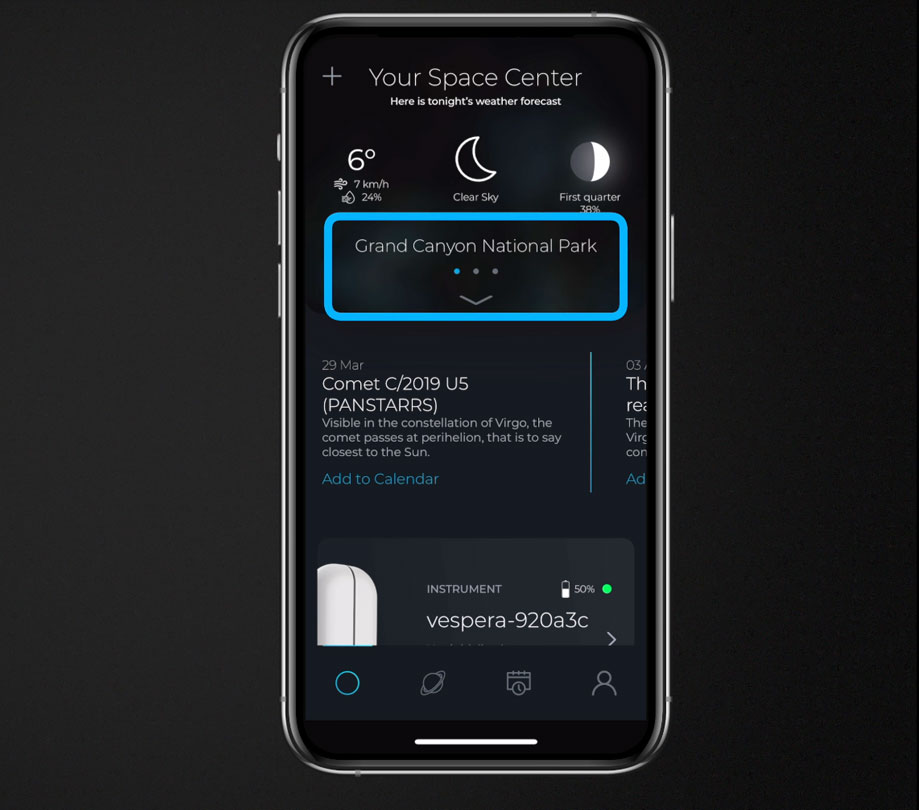
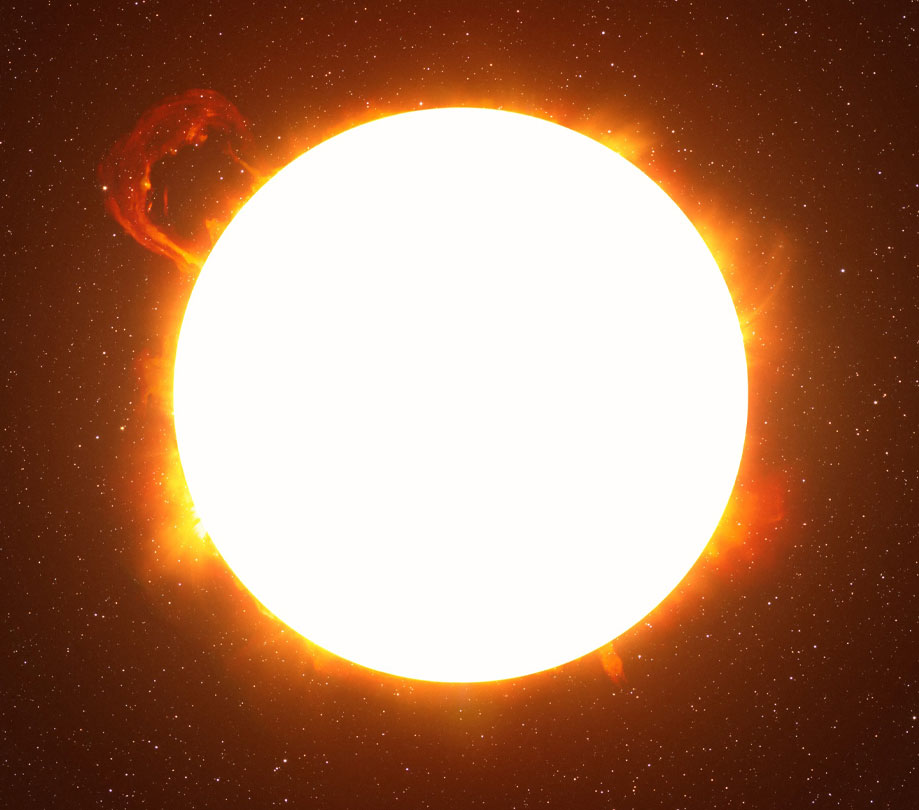
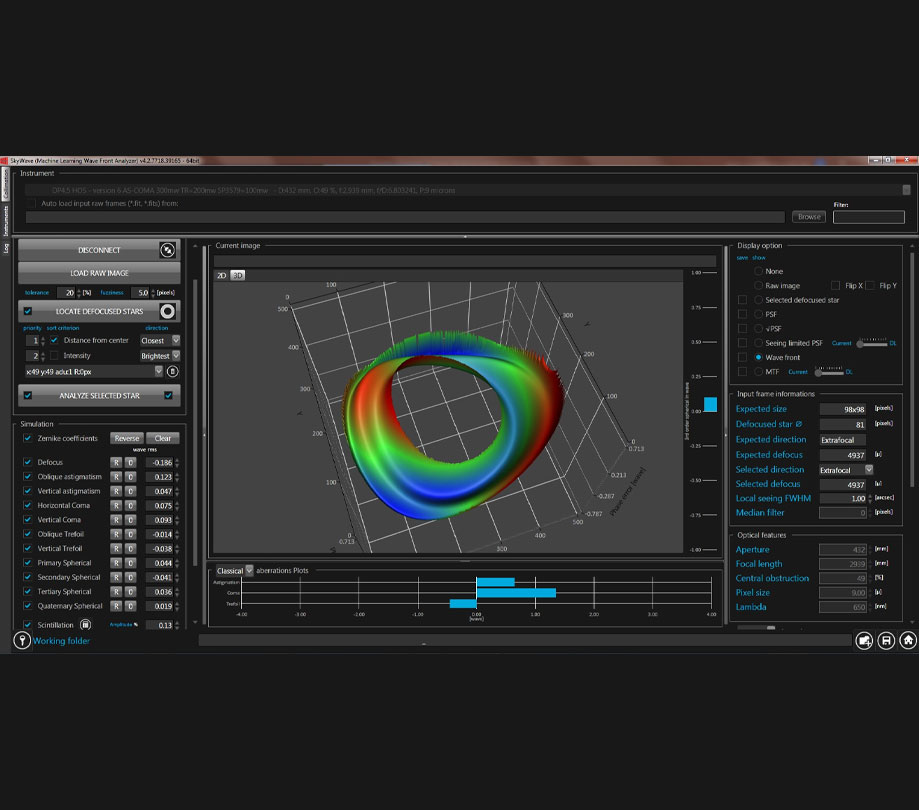
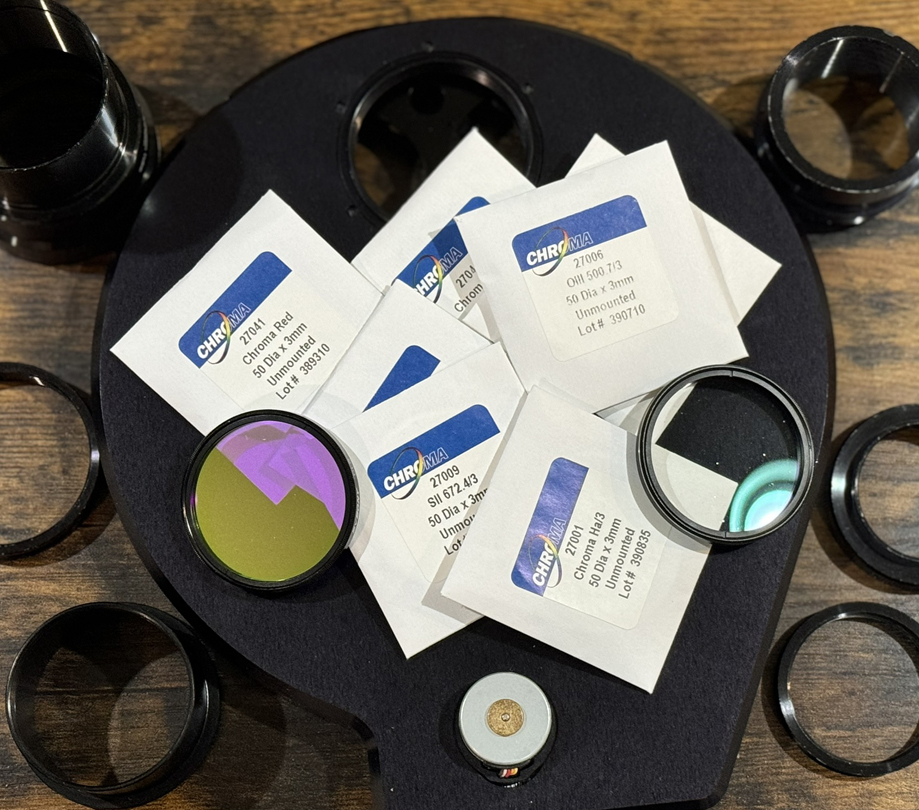

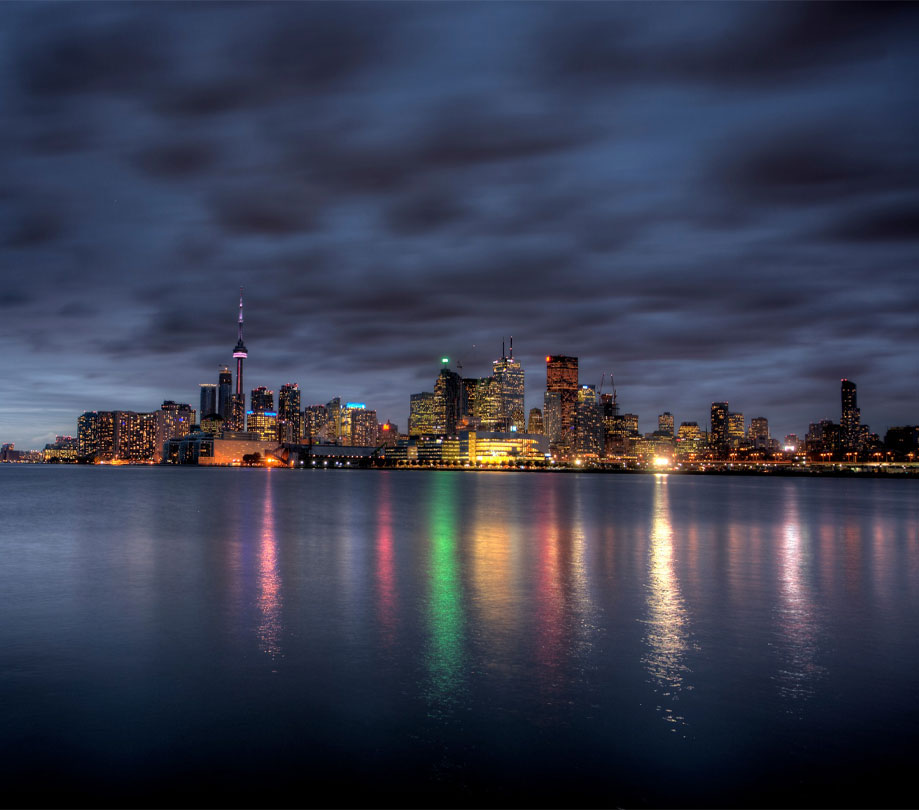
Comments
This content is made possible by a guest author, or sponsor; it is not written by and does not necessarily reflect the views of ScopeTrader's editorial staff.